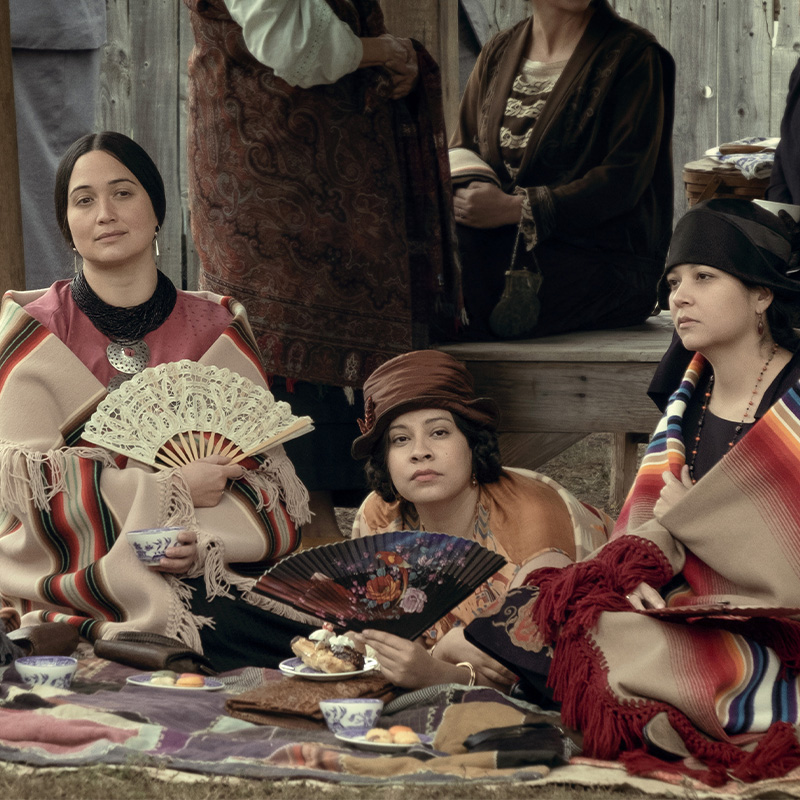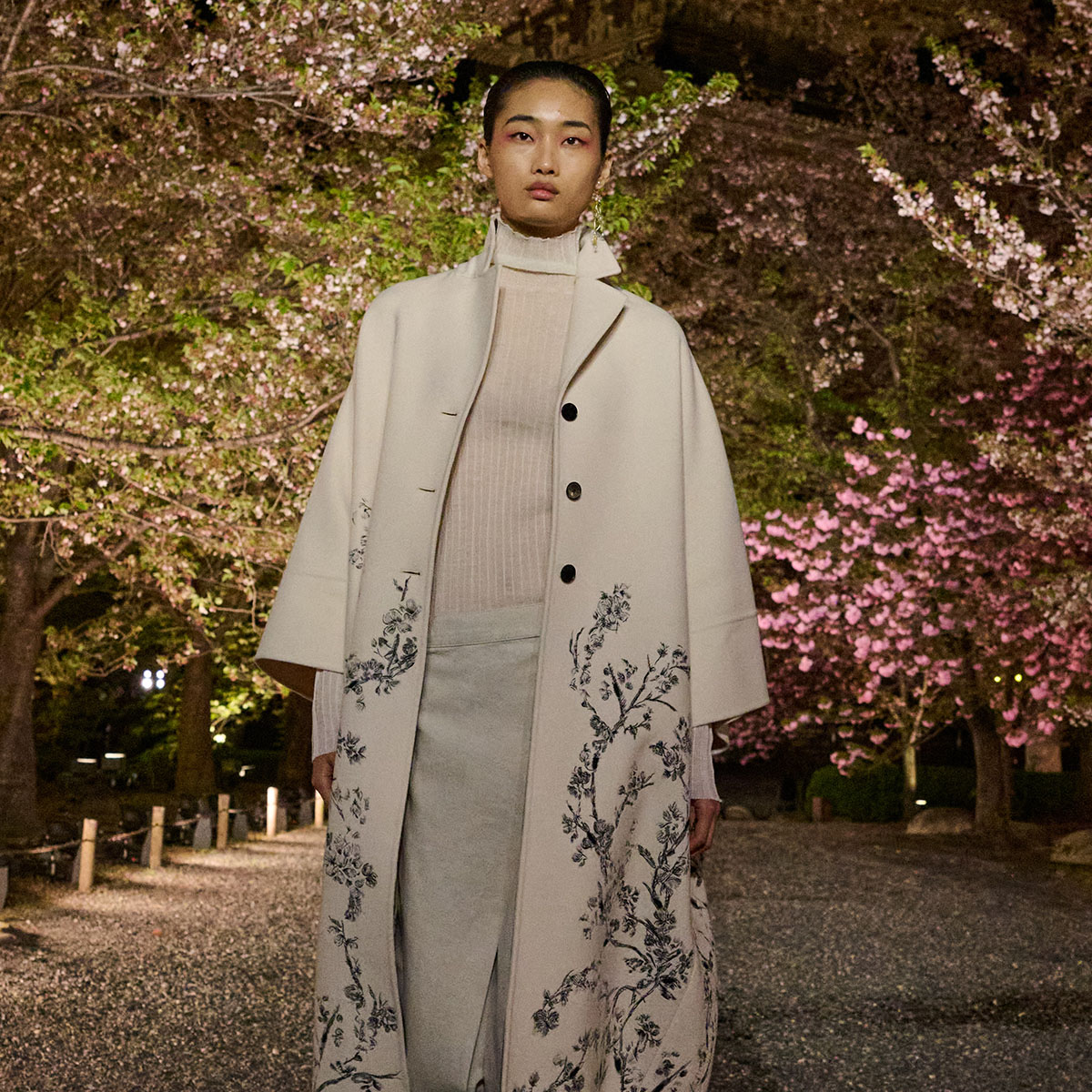The Intricate Craftsmanship Behind This Sustainable Danish Jewellery Brand

When you think about gifting jewellery—maybe buying earrings for your mum, or a charm to add to your best friend’s bracelet—do you ever stop to think about how much time and effort goes into producing such a small, delicate item?
Pandora continues to take pride in its craftsmanship, creating on-trend pieces with intricate design details, but better yet, the Danish jewellery brand also believes in sustainable production. It is committed to a responsible production process, crafting jewellery using diamonds that are ethically sourced, using glass charms made with high quality Murano glass, and everything is nickel-free.
Keep scrolling to learn more about the production efforts that go into creating these Pandora pieces.

With manufacturing taking place in Thailand, Pandora mixes modern production techniques with traditional ancient practices and highly skilled crafts people—you can expect one single piece to pass through at least 30 pairs of hands during production!The famous Pandora charms are made with a range of metals—silver, rose gold and 14ct gold. Metal charms are created using an ancient technique called lost-wax casting, which involves creating rubber, wax and plaster moulds of the design and then pouring the metal alloys into these moulds.From here, pieces are cut from a casting machine and undergo a rigorous quality assurance check to ensure they have been produced to the correct shape and appearance. A rough polish is then applied to remove and smooth out uneven parts and prepare the metal pieces for further adornment and refinement by Pandora’s goldsmiths or stone setters.

Silver metals and gold can either be plated or oxidised. Plating is the process of coating the charm with white or black rhodium, creating a high-shine surface or producing a darker finish. Oxidisation is generally used on sterling silver pieces to achieve a vintage, tarnished finish.

The ornamental designs are part of the Pandora aesthetic, with craftsmen using enamels to create pieces with glossy colours and shiny finishes. Enamels are mixed and intricately applied using a fine needle, then the product is fired in a kiln to fuse and strengthen the surface.

Before pieces are ready to be sent out to stores, finishing touches are applied—this includes the assembling of clasps to bracelets and necklaces, and the attachment of earring backings. A final polish and clean takes place, resulting in an outstanding finished product. Was there more to the process than you thought? Next time you visit a Pandora store, ensure you appreciate the craftsmanship that goes into creating every piece.
For more shopping inspiration, follow us on Pinterest.
-
 All My Outfits Are Now Built Around These 5 Items
All My Outfits Are Now Built Around These 5 ItemsConsider this my winter capsule wardrobe.
By Caitlin Burnett
-
 If You Have 60 Seconds to Get Dressed, Just Wear One of These Easy Outfits
If You Have 60 Seconds to Get Dressed, Just Wear One of These Easy OutfitsSet your timer.
By Aemilia Madden
-
 I Started My Day Like Akilah Releford Gould for a Week: 5 Habits I'm Keeping
I Started My Day Like Akilah Releford Gould for a Week: 5 Habits I'm KeepingSuch a game changer.
By Maya Thomas
-
 The 4 Best Balmain Bags, Period
The 4 Best Balmain Bags, PeriodPut them on your radar.
By Jasmine Fox-Suliaman
-
 Killers of the Flower Moon Costumes Bridge the Gap in Indigenous Representation
Killers of the Flower Moon Costumes Bridge the Gap in Indigenous Representation"We're ready for Hollywood to hear us."
By Jasmine Fox-Suliaman
-
 Seoul Has Spoken—These 6 South Korean Designers Are the Ones to Watch
Seoul Has Spoken—These 6 South Korean Designers Are the Ones to WatchTake note.
By Ana Escalante
-
 I'm a Contemporary Artist—These 40 Nordstrom Items Are as Chic as It Gets
I'm a Contemporary Artist—These 40 Nordstrom Items Are as Chic as It GetsWhen I tell you these are all thoughtful and stunning…
By Jennifer Camp Forbes
-
 Khiry Is the Jewelry Brand You Need to Know About (Like, Yesterday)
Khiry Is the Jewelry Brand You Need to Know About (Like, Yesterday)Put it on your radar.
By Jasmine Fox-Suliaman

